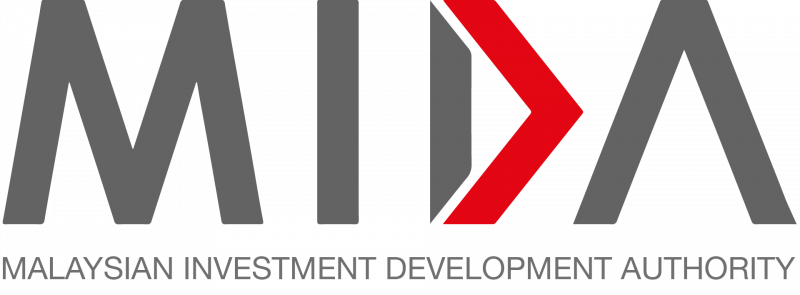TDM Bhd’s unit KMI Healthcare will develop a new 100-bed hospital in Bertam, Penang with a gross development cost of RM146 million.
KMI Healthcare, through KMI Bertam Medical Centre Sdn Bhd, signed an agreement to build and lease with Bertam Specialist Hospital Sdn Bhd, in line with its greenfield expansion strategy.
KMI Bertam will lease the hospital facility from Bertam Specialist Hospital for 18 years, with an option to extend for another 12 years, ensuring a long-term operational sustainability.
The hospital will be located on a 0.8-hectare site in Seberang Prai Utara that offers easy accessibility through the PLUS highway.
The 100-bed hospital will feature advanced medical and surgical facilities, including several introduction of centre of excellence, diagnostic services, and patient-centric care units.
The development is expected to start this year with completion targeted for 2028.
KMI Healthcare said the new hospital is set to cater to the healthcare needs of a strong population within Seberang Perai Utara, providing essential medical services and specialised care.
The hospital’s location and modern facilities present an opportunity to support Penang’s local needs for modern healthcare facilities and growing medical tourism initiative, attracting international patients seeking high-quality healthcare services.
The project adopts an asset-light business model, allowing KMI Bertam to focus on delivering “exceptional” healthcare services while Bertam Specialist Hospital manages the development and ownership of the hospital facility.
KMI Healthcare chief executive officer Dr Rayney Azmi Ali said the agreement reflects its mission to expand the KMI hospital chain and deliver quality healthcare to more communities.
“The Bertam hospital will not only serve the local population but also contribute to Penang’s medical tourism potential,” he said.
Source: NST
TDM’s unit KMI Healthcare to build RM146mil, 100-bed hospital in Penang
Content Type:
Duration:


